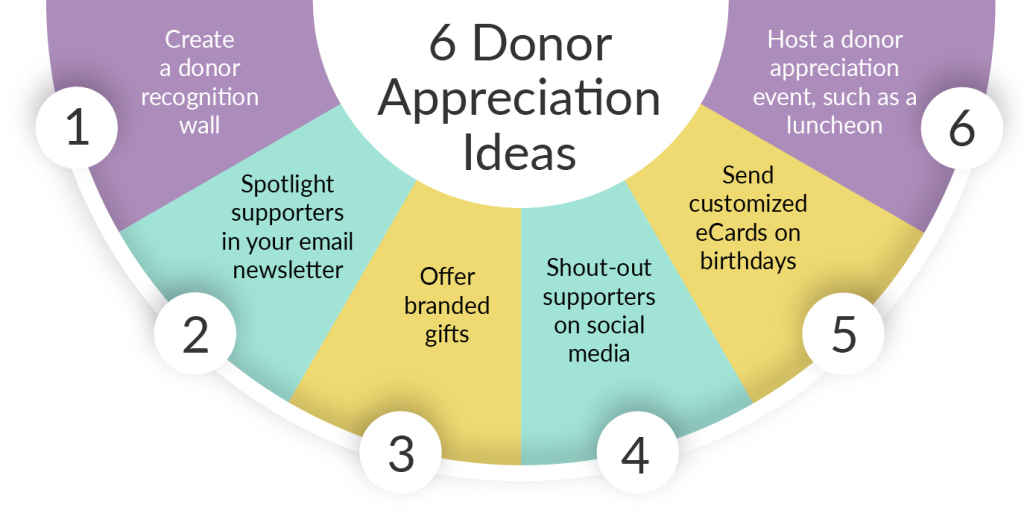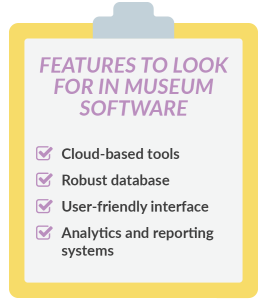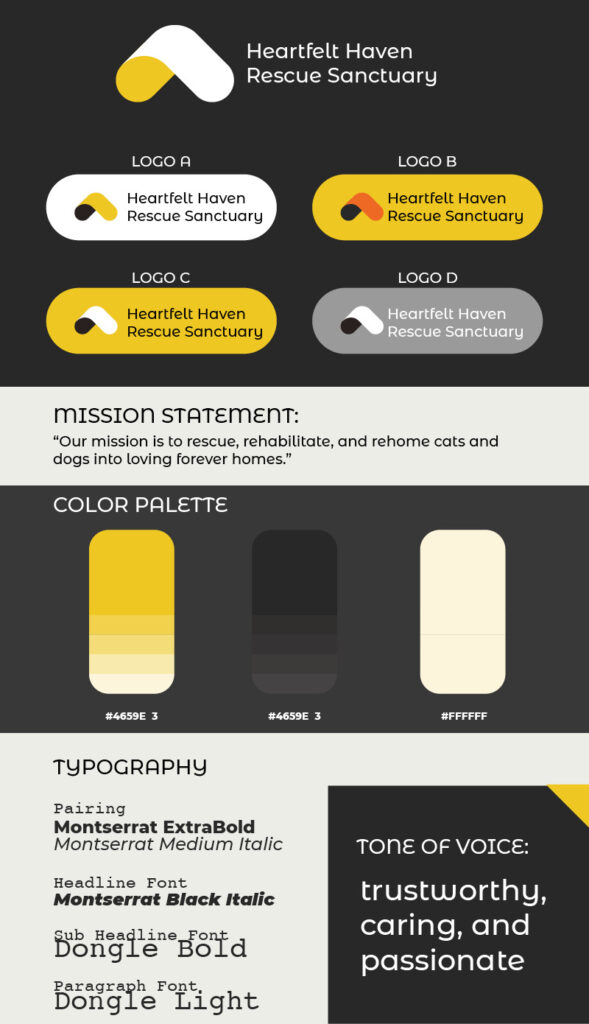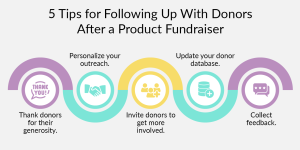Email is a powerful tool for nonprofits of all types and sizes. Whether you’re promoting a fundraising event, trying to boost traffic to your online donation page, or sharing information about your cause, email marketing is a great way to spread your message. There’s a tangible ROI for fundraising via email—
according to Double the Donation, for every 1,000 fundraising emails sent, nonprofits raised an average of $90.
If you’re not effectively harnessing the power of email marketing or are looking for ways to improve your email campaigns, this post will help you hone your email marketing plan with five fundamentals: audience targeting, subject line optimization, personalization, and storytelling.
Audience Targeting
Segmenting your audience is key to reaching the right people with messaging that resonates and compels them to take action. Segmentation is the process of grouping your audience based on shared characteristics. There are several ways to approach segmentation, but some common segments include basic demographics (age, location, gender), plus individual donors’ giving history, participation in events, volunteer engagement, or favorite outreach campaigns.
While it might sound tricky, segmenting your audience for targeted email marketing is a crucial part of database management. Here are some ways to improve your audience segmentation:
- Collect donor information. Don’t stress if you don’t have this information readily available. Now’s the time to start and you’ll be better prepared for future campaigns. Survey your audience to collect basic demographics and dive into your database to pull data points that relate to their history with your nonprofit.
- Leverage digital marketing tools. There are a ton of choices available for nonprofit marketing tools. For instance, you might use an event management tool specific to a fundraising event. Use this to collect pertinent information for integration into your CRM. Nonprofits can often utilize these tools and no or reduced cost.
- Review previous segments. If you’ve done segmentation in the past, it’s a good idea to periodically review your processes and individual segments to ensure you’re getting the information you need and that it’s accurate. You might also dive into past campaigns for each segment to see what’s worked and where you can improve.
- Monitor engagement metrics. After you send an email campaign to specific segments, keep an eye on metrics such as open and click-through rates to see how folks are responding. Your email marketing tool might also be able to help you identify promising new segments within your broader audience.
- Use A/B testing. Try different messaging within your audience segments. For example, split your past gala participants into two groups and use different calls-to-action in each email to see what resonates.
Once you’ve identified your core audience segments, document them in your nonprofit’s overall marketing plan so they can be effectively leveraged down the road in future campaigns.
Subject Line Optimization
How often have marketing emails landed in your inbox, only for you to ignore them because the subject line wasn’t compelling or interesting enough? Engaging subject lines have a major impact on open rates, and subsequently, engagement with your nonprofit. Subject lines are the first opportunity you have to make an impression on the reader, so it’s important to get them right.
Try these strategies to make your subject lines irresistible:
- Use relevant and appropriate emojis. Sending an email about a dog adoption event? Drop the dog emoji in the subject line. Inviting people to your annual golf fundraiser? Use the golfer emoji. Emojis are fun and engaging and often prompt people to click.
- Use active language and verbs. You want the reader to act, so your subject line should compel them to do so. Words like help, act, and give are great to include, as well as verbs that relate to your cause, like feed, clothe, protect, and rescue.
- Create a sense of urgency. Like with active language, your subject line should encourage folks to do something
right now. Words or phrases that imply a time limitation or that people are missing out on something are good examples, such as donate now, feed 10 kids today, don’t wait, and time is running out. - Make it personal. Use merge tags to pull personal information into subject lines to draw readers in, like “[First Name], we need your help” or “A special offer for you, [First Name].
- Mention impact data. Numbers are attention-grabbing. Drop some data in your subject lines and watch your open rates climb. For example, you could mention the number of constituents you’ve served, data from a survey, or how much you need to reach your fundraising goal.
Above all, subject lines should accurately reflect the purpose of the email and entice them to participate. For example, let’s say you’re adding a new fundraising idea, like a hole-in-one contest, to your annual charity golf tournament. Use the real estate in your subject line to mention the contest’s prize to grab your audience’s attention.
Personalization
We’ve talked about how segmentation is the driver for you to be able to personalize messaging, but how you use that personalization in the email’s content is also important. Once you have your segments in place, it’s time to incorporate details about those segments into the email copy. Some information you can integrate could include:
- Previous amount giving to a past or similar campaign
- The outcomes of their donation
- How they can grow their impact in a new campaign that’s targeted to their interests
For example, let’s say you’re hosting a charity golf tournament to raise money for your organization’s mission to build homes for underprivileged families. Your audience’s occupation segments might include homebuilders or realtors, so your personalized content could focus on the need for affordable housing in your community.
Storytelling
Everyone loves stories. It’s how nonprofits can authentically connect with donors and supporters. And while it might seem challenging to tell a nonprofit story through a medium such as email, there are many strategies you can employ to make it impactful, such as:
- Using photos and videos that feature beneficiaries
- Focusing on a single beneficiary and telling their story in detail
- Highlighting your nonprofit’s impact and transformation with tangible facts and data
- Give your email a narrative structure that has a beginning, middle, and end
- Includes clickable call to action buttons and banners
The most important thing to keep in mind is to let the human aspect of your cause shine in your email. Don’t focus on hitting your fundraising goals in a vacuum—instead, contextualize your fundraising asks with the emotions of your beneficiaries to show that your cause and their donations impact real people.
Suppose you’re collaborating with a business as a sponsor for a specific fundraising event, campaign, or matching donation. GolfStatus suggests including them in promotional materials to maximize exposure to their target audience. You might consider sending a specific email that tells the story of the impact the sponsor has had on your mission or specific beneficiaries.
Wrapping Up
Email is one of the most heavily used digital marketing tools for a reason—it’s effective. These marketing strategies will help give dimension to your cause and solicit emotional responses from your audience—all through a screen.





